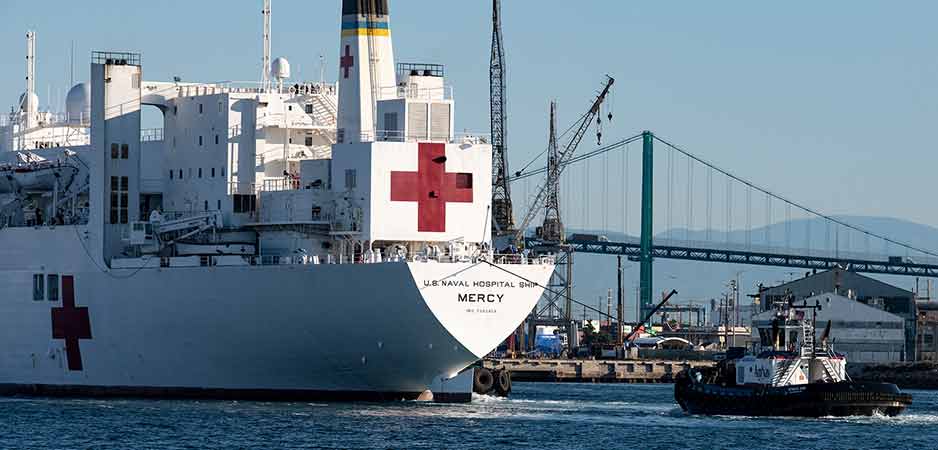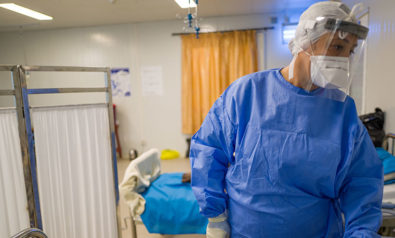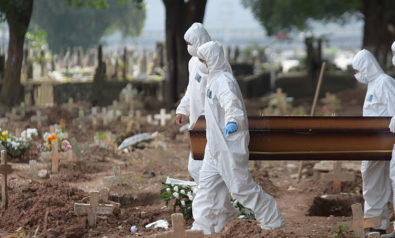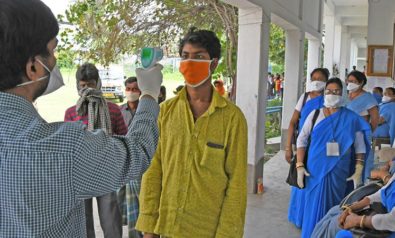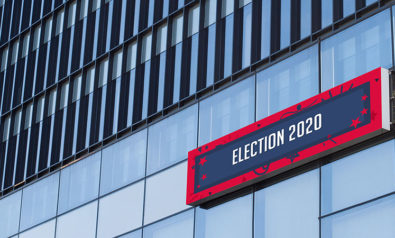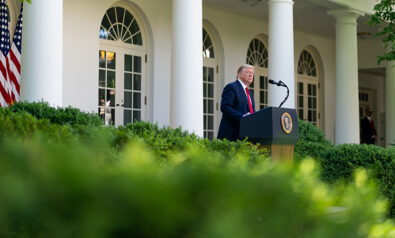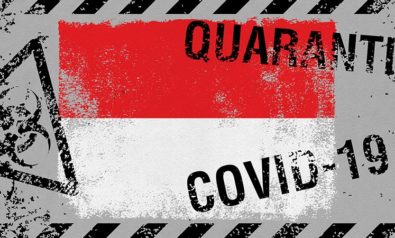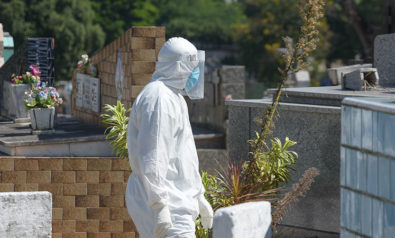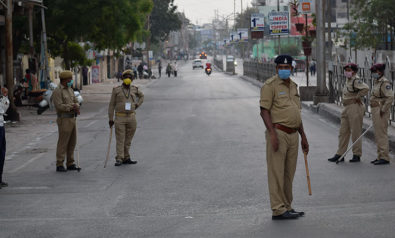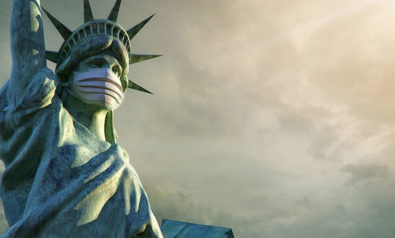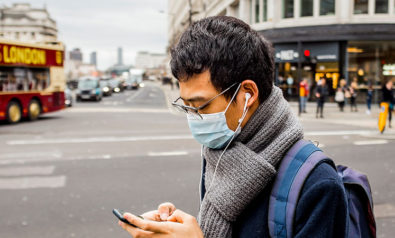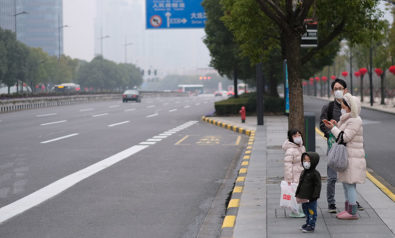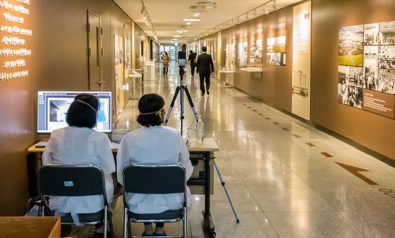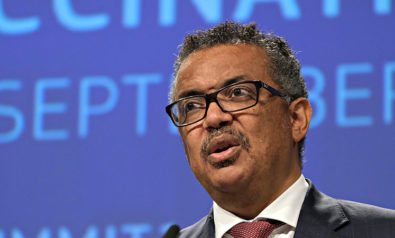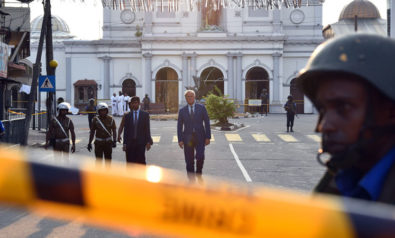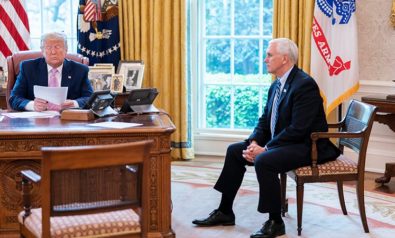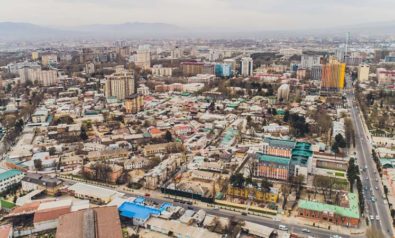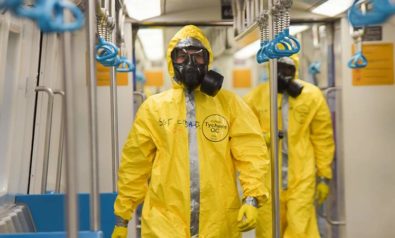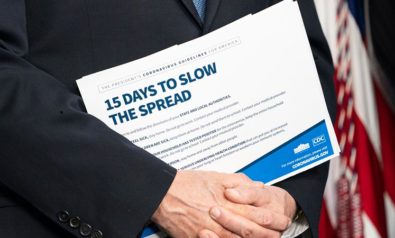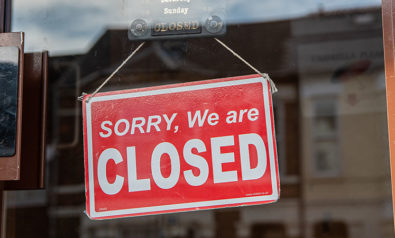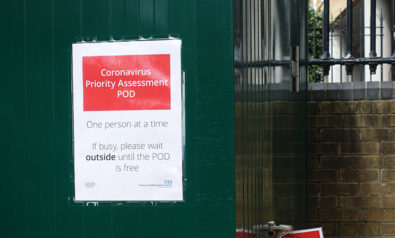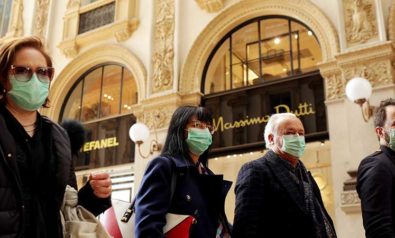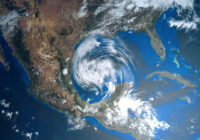The response to the COVID-19 crisis by both President Donald Trump and his administration has been abysmal, crafting a narrative that has revealed a warped reality based on a combination of ignorance, delusion, denial and a lack of preparedness. Trump has displayed utter ignorance, especially in the early days of the outbreak in America, stating in February that there were about 15 cases in the US — the result of a single traveler from China — and that the number of infected individuals would soon dwindle down to zero. Only someone completely divorced from reality would have uttered such a statement. It was then that many Americans truly understood just how ill-prepared he was to navigate the country through the crisis.
Messaging out of the White House has been an absolute disaster, starting with the president and trickling down to the various cabinet members, department heads and other official sources of information at the federal level. Delusion on the president’s part, misinformation — whether deliberate or otherwise — from other federal officials, a preoccupation with political correctness, and a predilection to pander to the president’s political base had combined to create a muddled, discombobulated mess in response to the coronavirus.
No Divine Guidance
It didn’t take long for many of America’s governors, mayors and corporate CEOs to realize that they would not be gaining any divine guidance from the Trump administration about what to do in response to the outbreak — or when to do it. While by March most of the nation’s governors had issued stay-at-home orders, an astonishing number have still failed to do so, three months after the first cases became apparent in the US. Yet in every case, those lockdown orders have been voluntary, since there is no way to actually enforce them. Unlike in China, the sanctity of governmental decrees is dependent upon citizens’ willingness to comply. Fortunately, most Americans understand what is at stake and have stayed at home.
As bad as the government’s messaging has been, its level of preparedness for a pandemic has been atrocious. Despite the fact that several prior administrations (from Bush to Obama and through to Trump) had plans in place to address a pandemic or bioterrorism event, based on its response to an actual pandemic, the American government appears to have never contemplated the issue prior to the arrival of COVID-19.
For example, in 2004, George W. Bush had signed into law Project BioShield, to protect Americans against biological, chemical, radiological or nuclear attacks. It had allocated $5.6 billion over 10 years for countermeasures against anthrax, smallpox and other chemical, biological, radiological and nuclear agents. Development of medical countermeasures had been accelerated by the National Institutes of Health (NIH), a national network of regional Centers of Excellence for Biodefense were established, and the Food and Drug Administration (FDA) was supposed to make treatments speedily available in emergency situations. Yet the NIH, the FDA, the Department of Homeland Security, the Department of Health and Human Services and a host of other government agencies failed to communicate, collaborate or respond effectively.
In 2015, government scientists estimated that a severe flu outbreak infecting 20% to 30% of the US population would require at least 1.7 billion N95 respirator masks. In 2006, Congress provided supplemental funds to add 104 million N95 masks and 52 million surgical masks in an effort to prepare for a flu pandemic. However, following the H1N1 influenza outbreak in 2009 under Barack Obama — which triggered a nationwide shortage of masks and caused a two to three-year backlog orders for the N95s — the stockpile distributed about three-quarters of its inventory but failed to rebuild the supply. The US continued to rely on imports of personal protective equipment for much of its needs, as well as an overreliance on overseas production of critical drugs.
Also in 2015, a Bipartisan Commission on Biodefense produced more than 30 recommendations for what the US government should do to become better prepared for biological threats. In 2016, the Commission received a grant of just $1.3 million from a non-governmental organization to continue its work and, in 2018, $2.5 million more from the same NGO. It did not receive official US government financial support, and the government failed to follow through on virtually any of the recommendations made by the commission, an indication of the continued lack of focus on the subject.
Collective Failure
Shortly after taking office in 2017, Trump disbanded the White House’s National Security Council Directorate for Global Health Security and Biodefense — an important link in the national preparedness chain. In 2018, the Trump administration did commence a National Biodefense Strategy designed to enhance national biodefense capabilities. It established a governance structure composed of federal agencies to collect and assess data on their biodefense activities and identify gaps. But the US Government Accountability Office found that there were no clear or detailed processes for joint decision-making, including how agencies would identify opportunities to leverage resources or who would make and enforce decisions.
It concluded that, in the absence of clearly documented methods for enterprise-wide decision-making, the effort ran the risk of failing to adopt a strategic approach that would meaningfully enhance national defense capabilities.
Contrary to the attempted launch of the strategy, the Trump administration’s repeated calls to cut the budgets for the Centers for Disease Control and Prevention, the NIH and other public health agencies made it evident that the ability to respond to pandemics was clearly not going to be a priority. The administration certainly contributed to the deficient American response to the virus, but, in truth, successive American administrations have failed in unison to adequately prepare for such a calamity.
One would presume that the government will do a better job of preparing for future pandemics, but if the actions taken following successive cyberattacks against the US government are any indication, the response is likely to be lackluster and underfunded. It appears that only when the American people demand a meaningful response from their elected representatives will this issue be given the attention, funding and resources it deserves.
The views expressed in this article are the author’s own and do not necessarily reflect Fair Observer’s editorial policy.
Support Fair Observer
We rely on your support for our independence, diversity and quality.
For more than 10 years, Fair Observer has been free, fair and independent. No billionaire owns us, no advertisers control us. We are a reader-supported nonprofit. Unlike many other publications, we keep our content free for readers regardless of where they live or whether they can afford to pay. We have no paywalls and no ads.
In the post-truth era of fake news, echo chambers and filter bubbles, we publish a plurality of perspectives from around the world. Anyone can publish with us, but everyone goes through a rigorous editorial process. So, you get fact-checked, well-reasoned content instead of noise.
We publish 2,500+ voices from 90+ countries. We also conduct education and training programs
on subjects ranging from digital media and journalism to writing and critical thinking. This
doesn’t come cheap. Servers, editors, trainers and web developers cost
money.
Please consider supporting us on a regular basis as a recurring donor or a
sustaining member.
Will you support FO’s journalism?
We rely on your support for our independence, diversity and quality.


